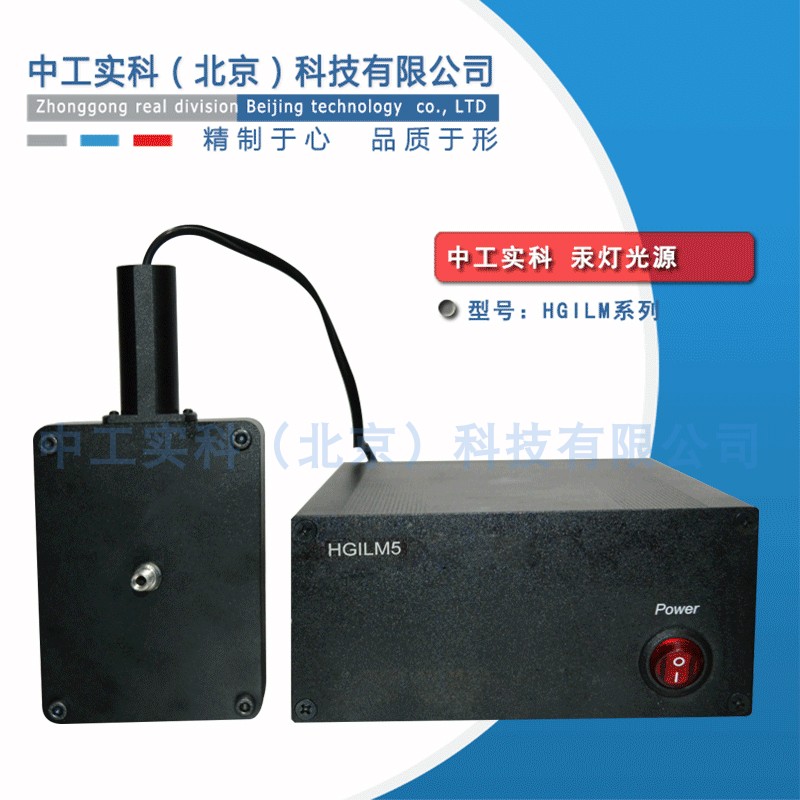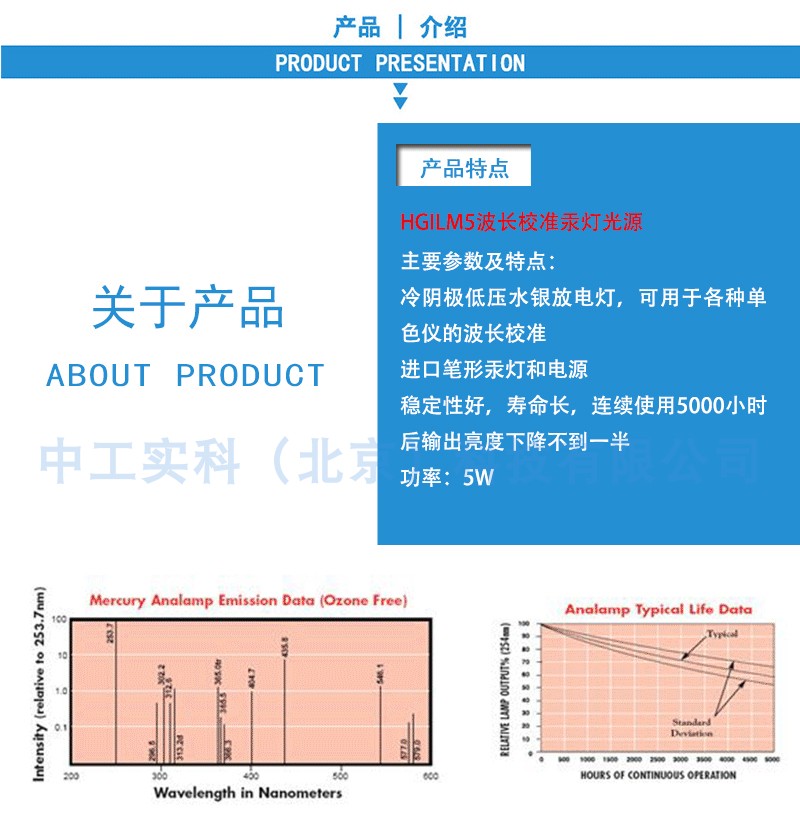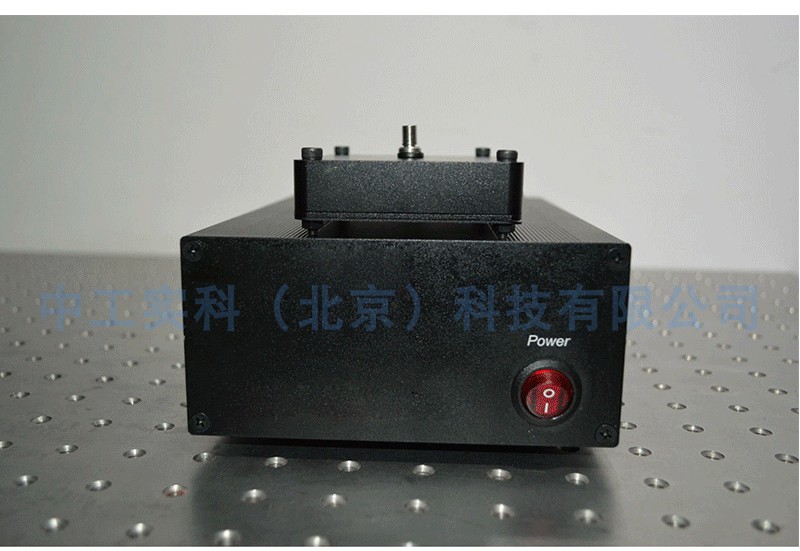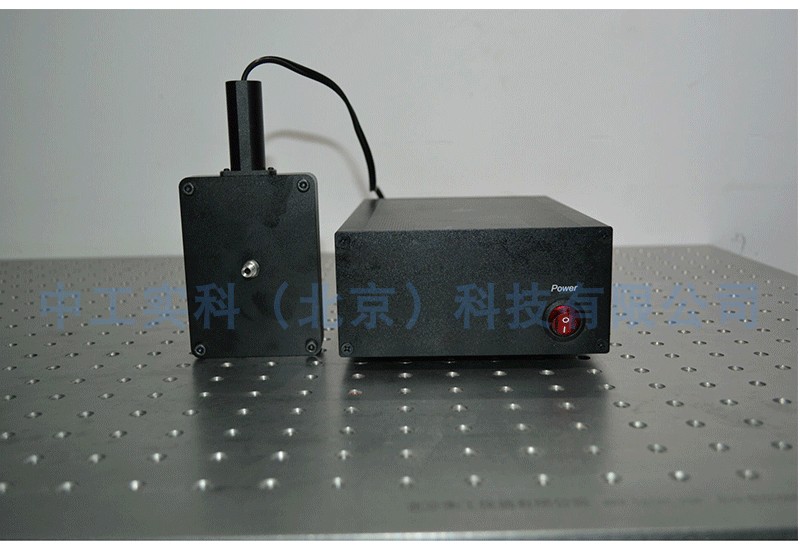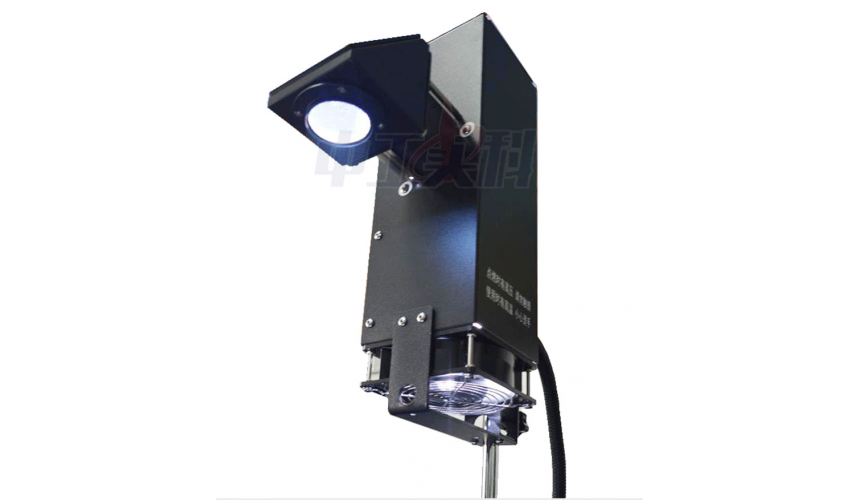
HGILX500 High pressure xenon lamp light source
HGILX500 High pressure xenon lamp light source
HGILX500 high voltage xenon lamp light source is a research grade xenon lamp light source specially for solar cells. 500W (power adjustable) high voltage short arc spherical xenon lamp is installed inside the light source to form arc discharge under high frequency and high voltage excitation. High voltage short arc spherical xenon lamp is a point light source with small luminous point. When ignited, it radiates a strong and stable continuous spectrum from ultraviolet to near infrared. The light color in the visible region is very similar to sunlight, with high energy density and stable output. It is widely used in solar cell research, photoelectric response device testing, surface photovoltage spectrum, biological illumination, photocatalysis, surface defect analysis and other fields.
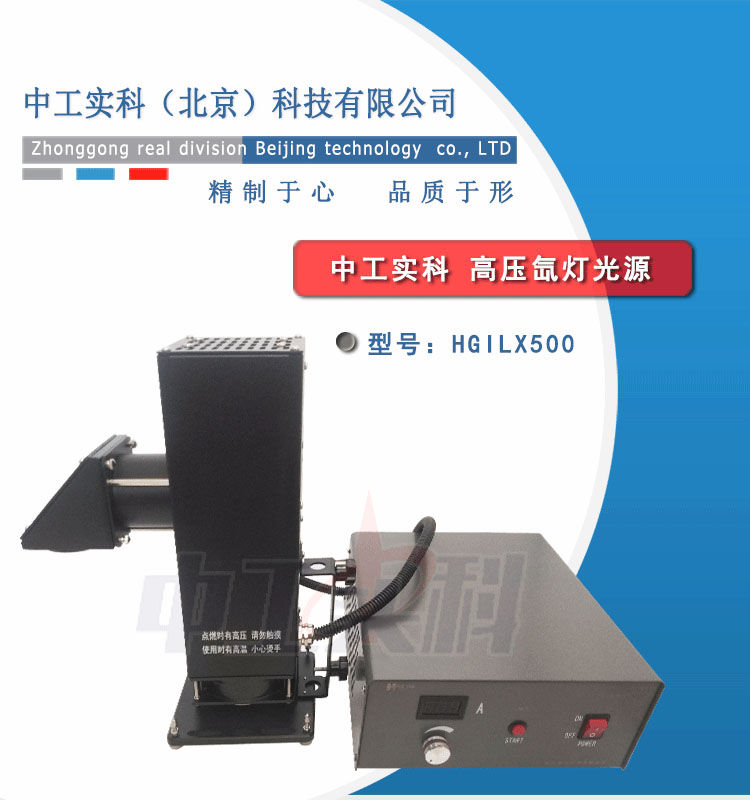
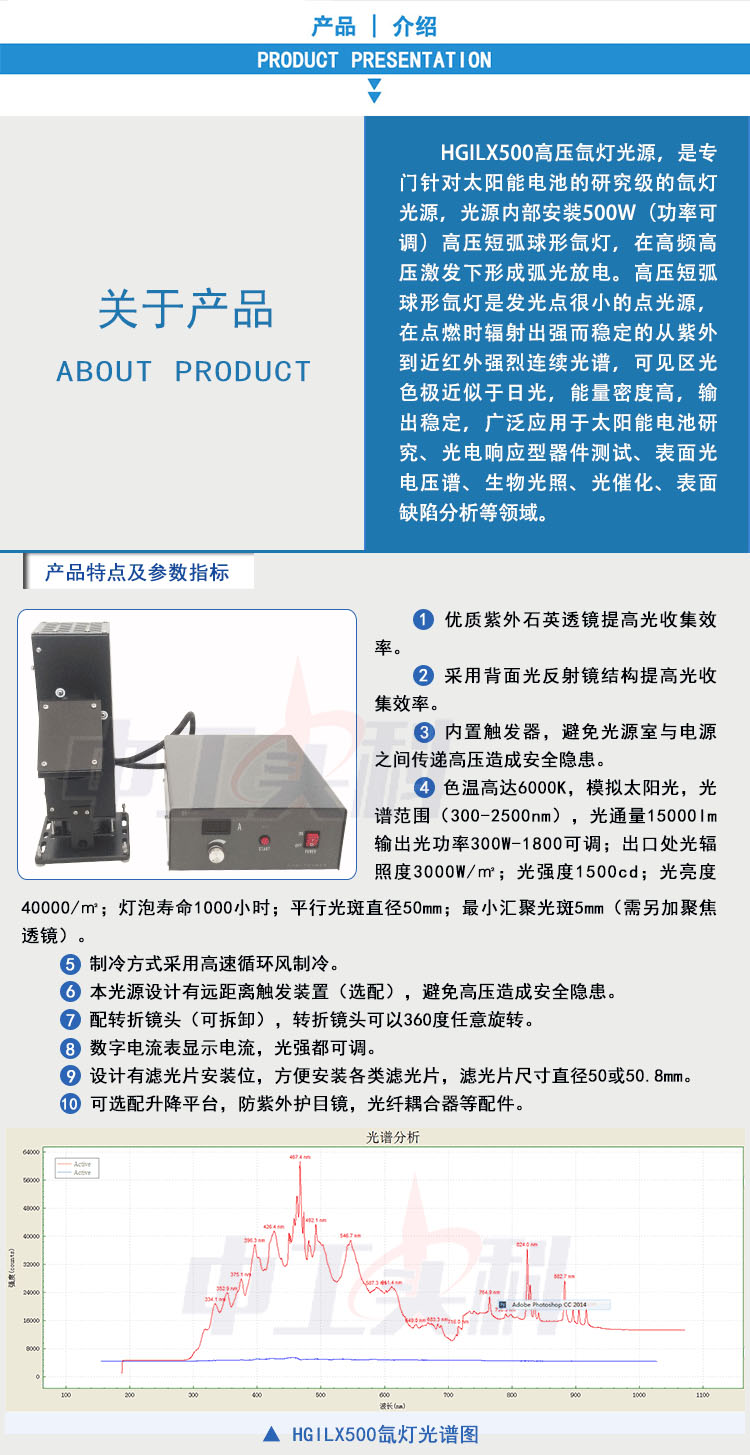
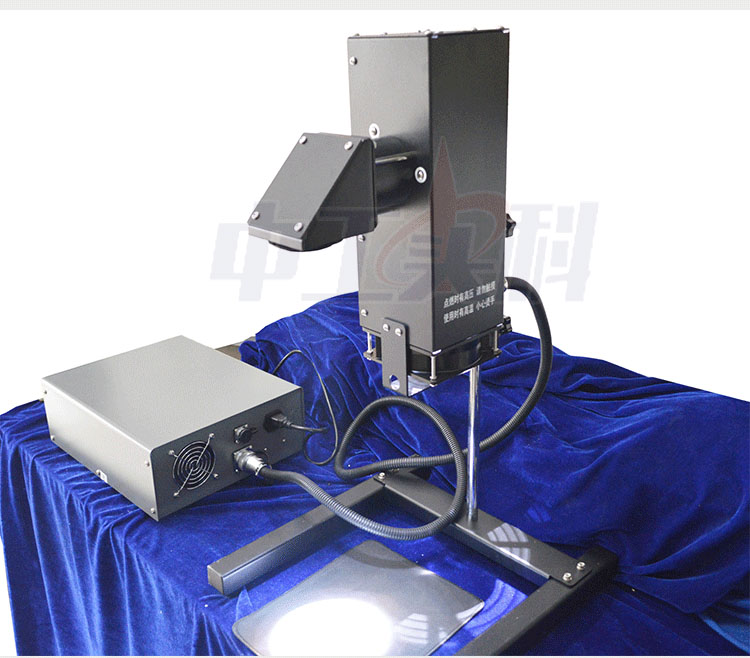
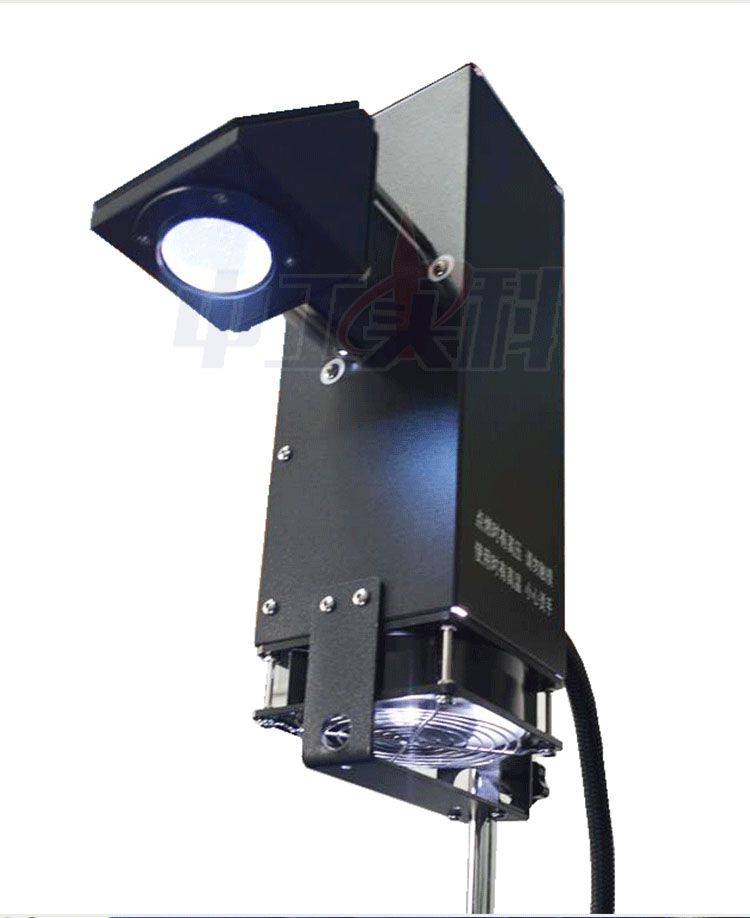
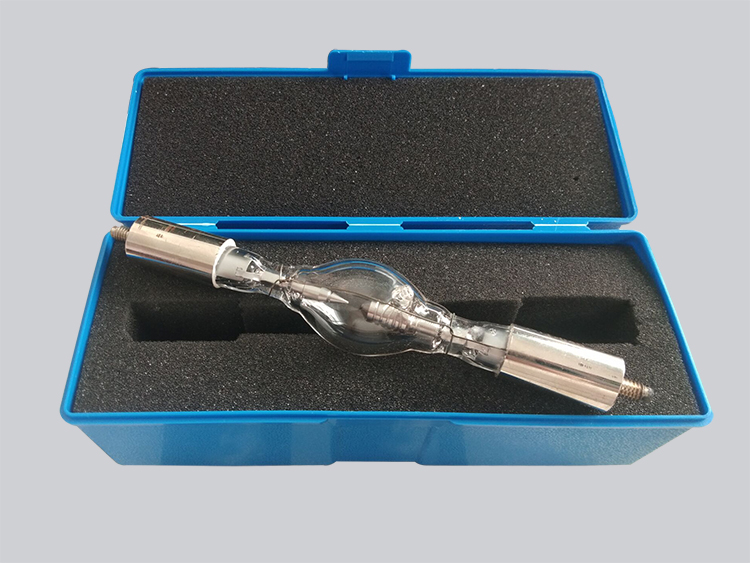
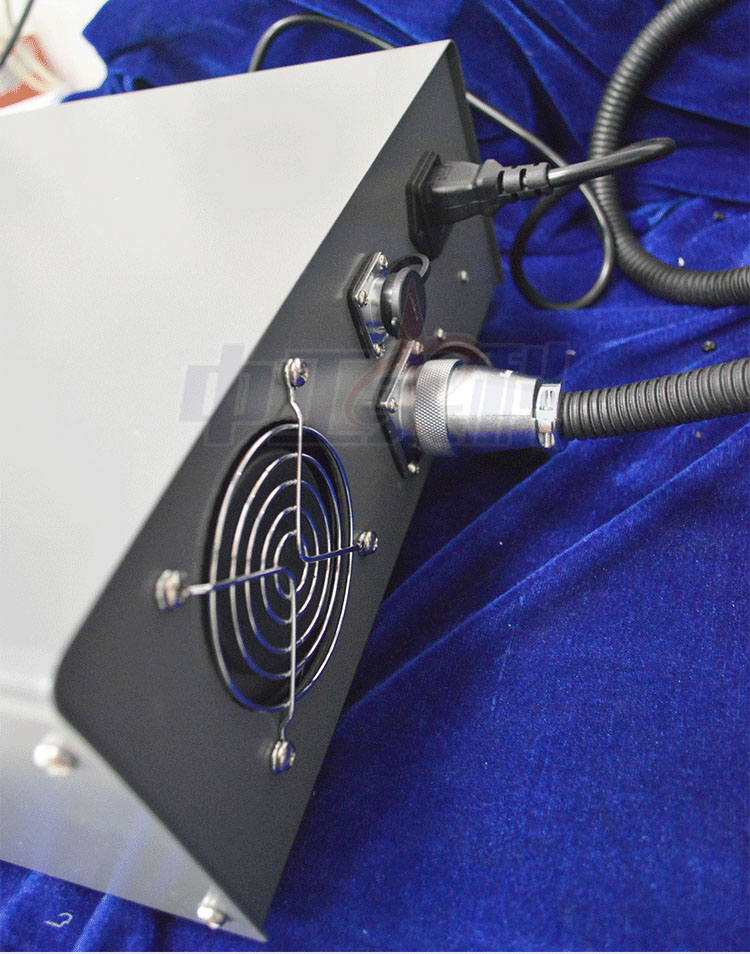
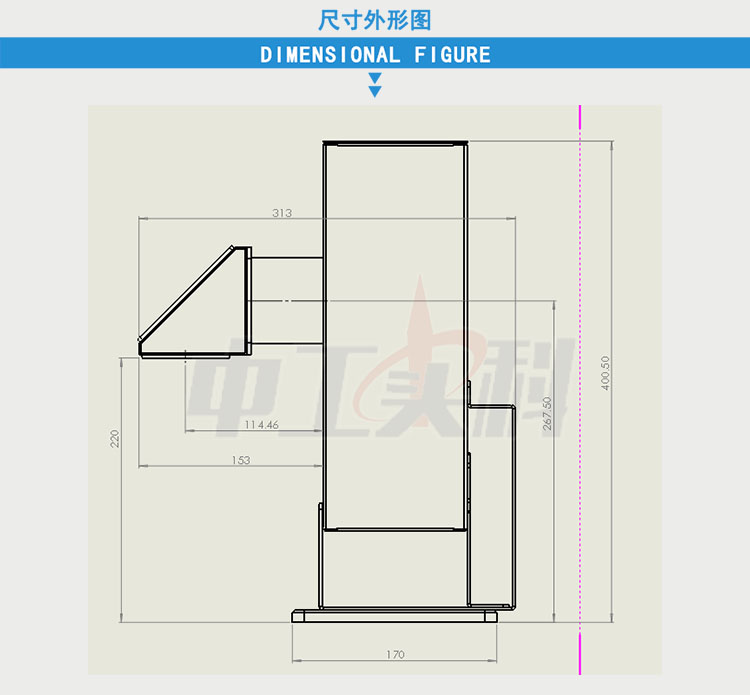
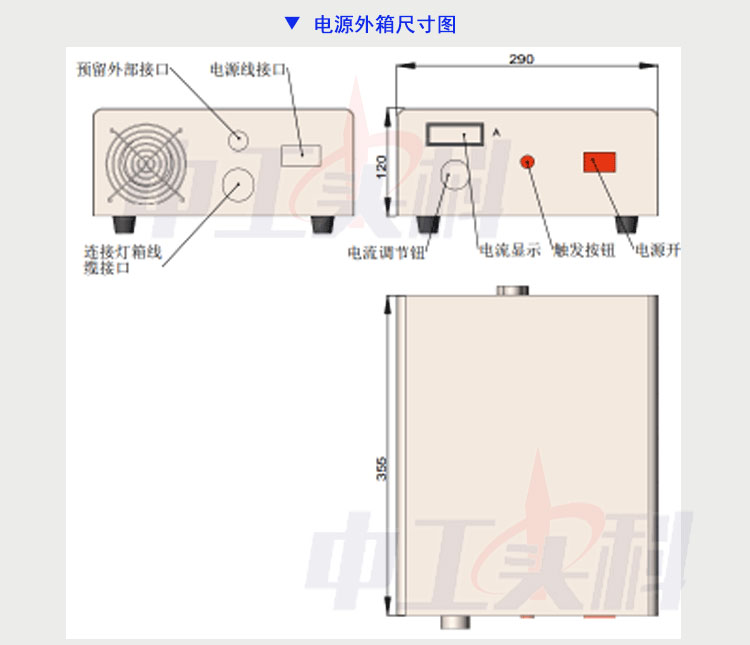
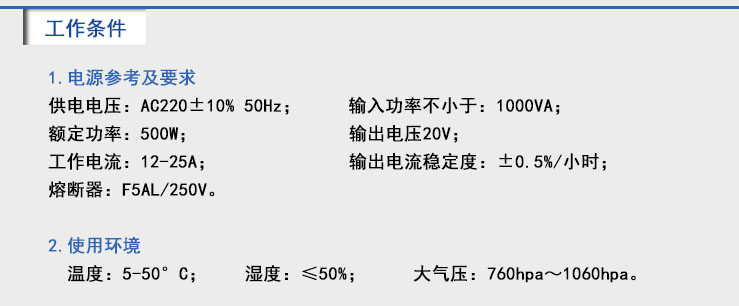
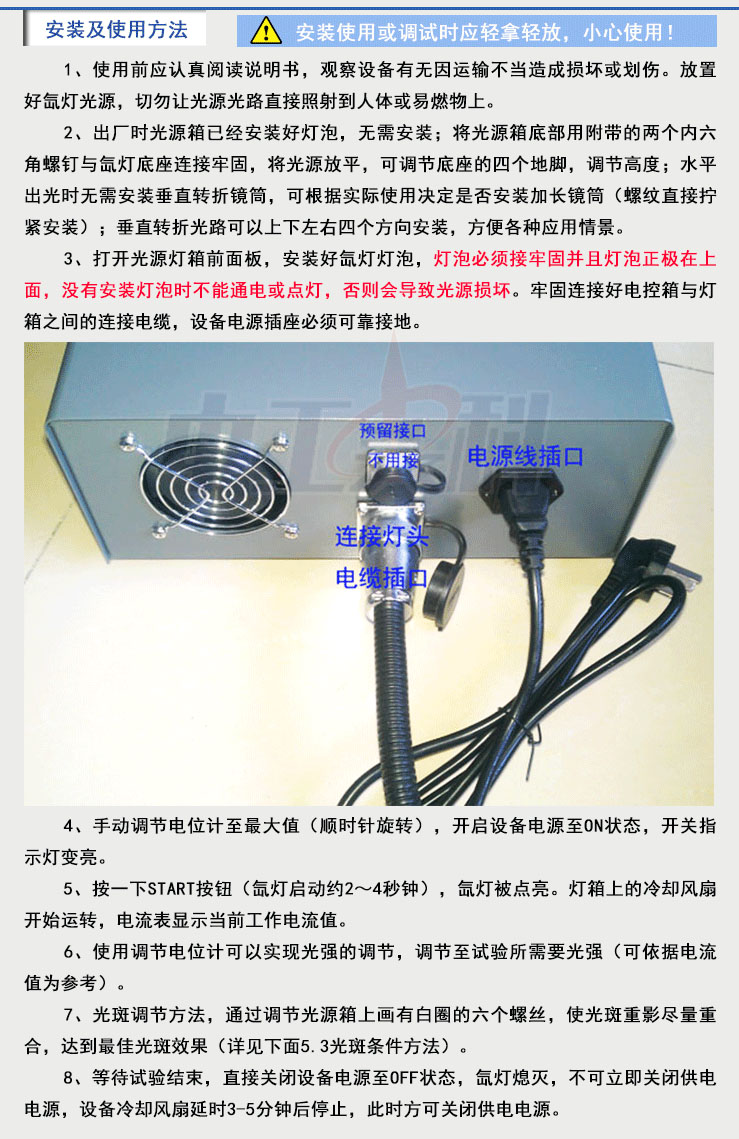
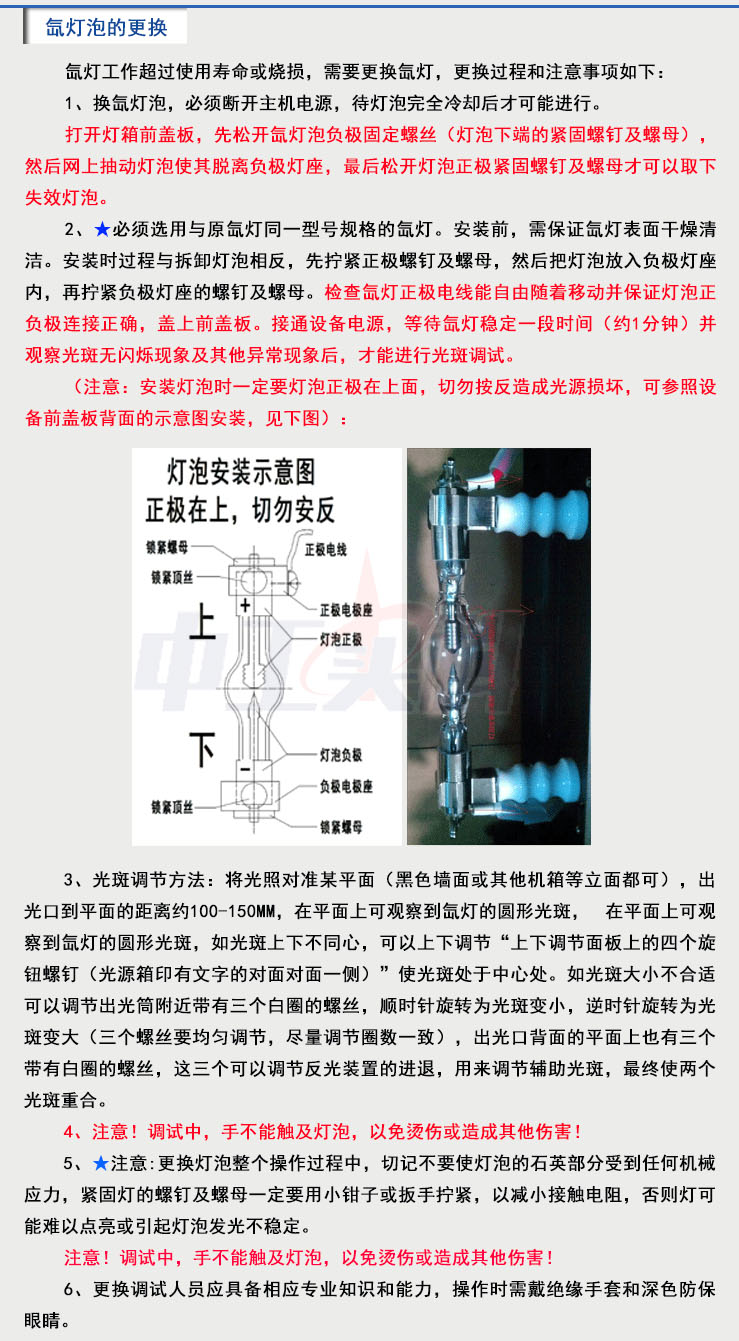
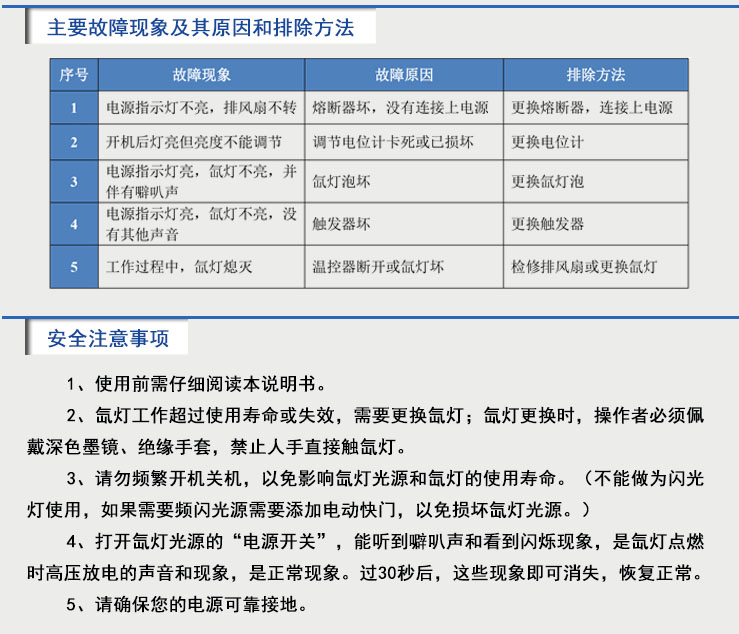
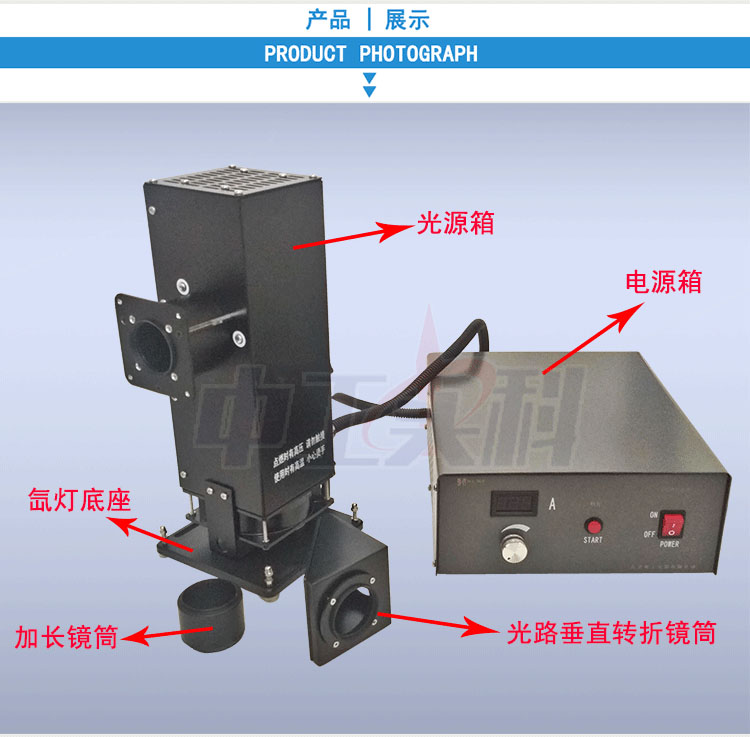
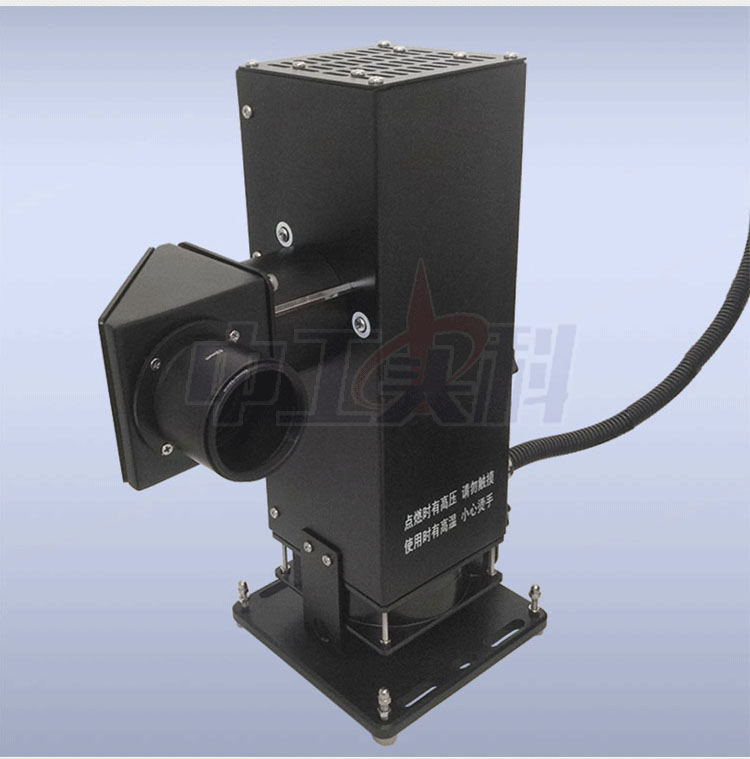
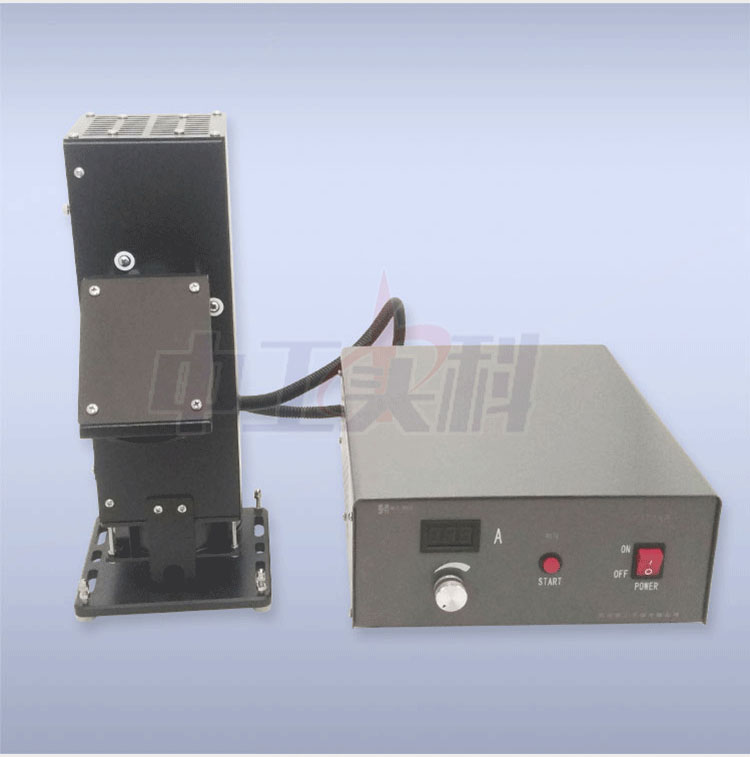
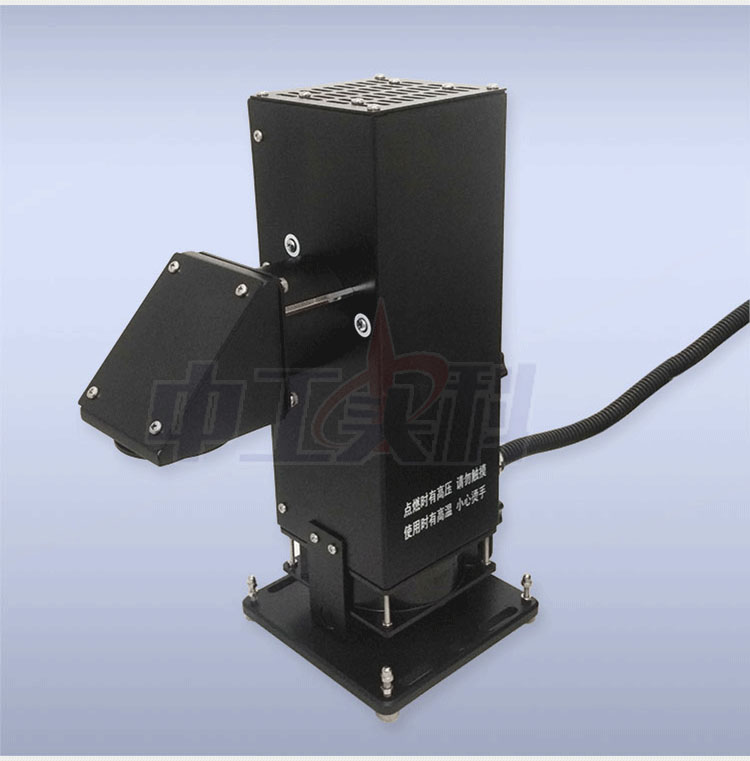
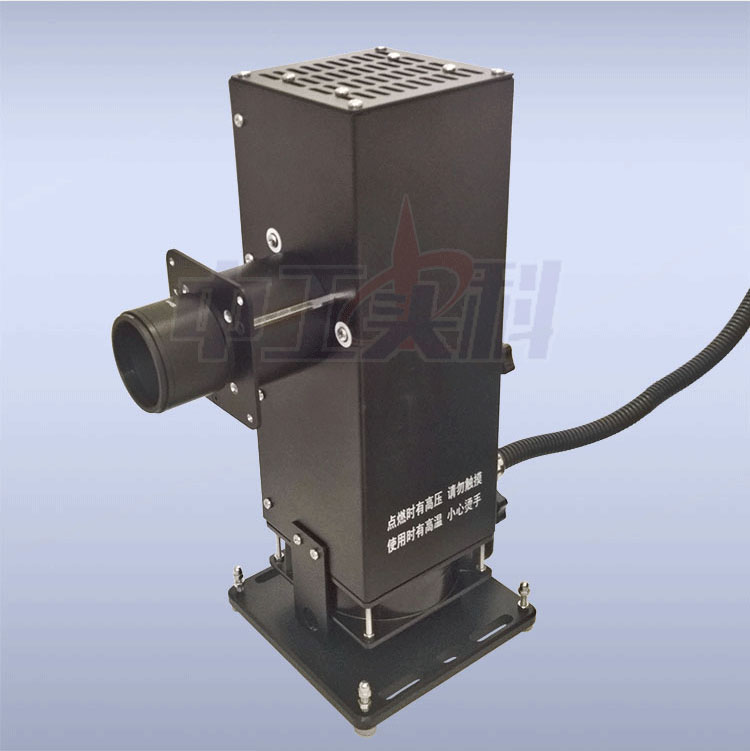
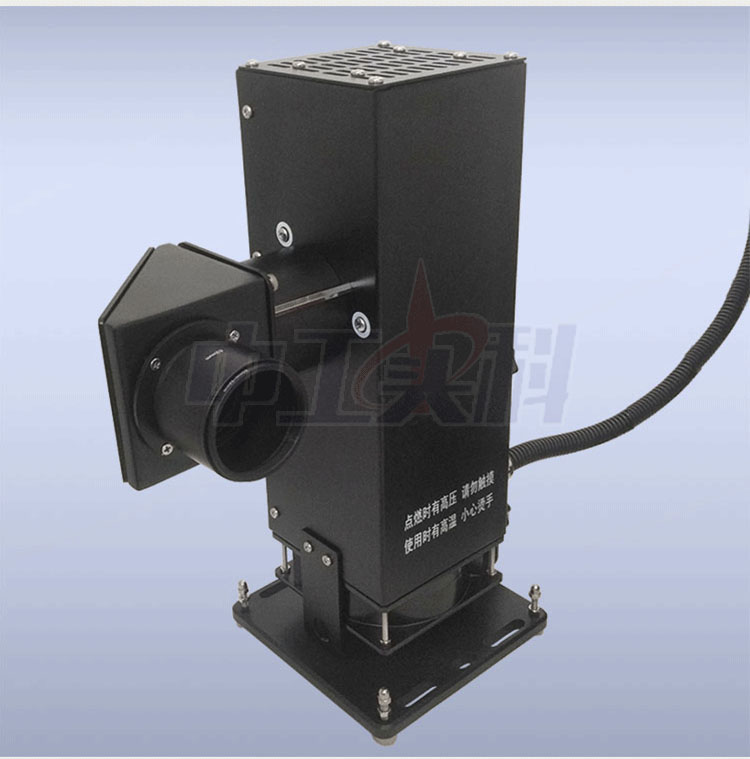
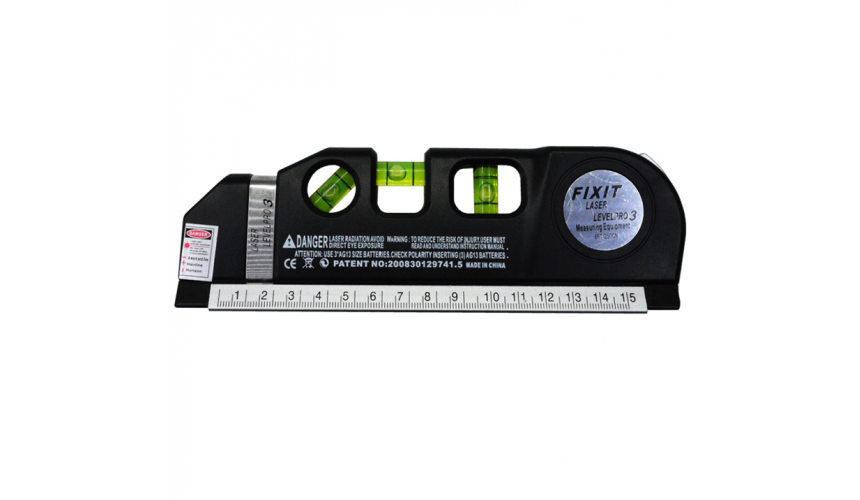
Laser LV03 Laser level
Laser LV03 Laser level
Product introduction:
1. Zhonggongshike laser level sends a straight line from the object surface and can be at any angle. It is suitable for woodworking, stair starting board, shelf, forming, tile laying, curtain installation, wall hanging painting or any other work requiring accurate alignment.
2. The horizontal accuracy of laser beam is 0.25mm/m, the vertical accuracy is 0.5mm/m, the light wave is 650nm-680nm, the output power is 5MW, the illumination range is 20m, and the indoor illumination range is 6-8m during the day.
3. There are three beam route modes: cross, horizontal and vertical. Customers can adjust the laser head up and down according to their needs.
Product features:
1. Cross laser measures whether many objects are on the same line.
2. Three air bubble water leveler is used for accurate plane or vertical alignment.
3. The ruler function of the left and right sides of the level.
4. With 250mm circle ruler, it is more convenient to measure distance.
usage method:
1. Place or replace the battery: unscrew the bottom screw, open the battery cover, take out the battery, replace three AG13 batteries, and ensure that the positive and negative poles of the battery are placed correctly.
2. Turn on the red button laser switch, you can make lines horizontally or vertically, or arbitrarily. If necessary, you can put the level ruler on the tripod to achieve the purpose of convenient use and more accuracy.
3. On the horizontal plane, three horizontal beads on the laser level can be positioned horizontally.
4. Push the lock / unlock key at the tail to lock the pull-out length of the tape measure.
Four functions of zhonggongshike laser level gauge:
1. The laser level can measure whether the plane is uneven or hanging pictures, etc. lv03 laser level can make three kinds of lines: straight line, cross line and solid line (also known as corner line).
2. There are horizontal beads on the laser level gauge, which can measure whether the horizontal plane is horizontal. Lv03 laser level gauge also has a water bead measuring an angle of 45 degrees.
3. A circle ruler (2.5m circle ruler with inch scale) is attached to the laser level.
4. There is a scale (15cm, 6 inches) on the edge of lv03 laser level.
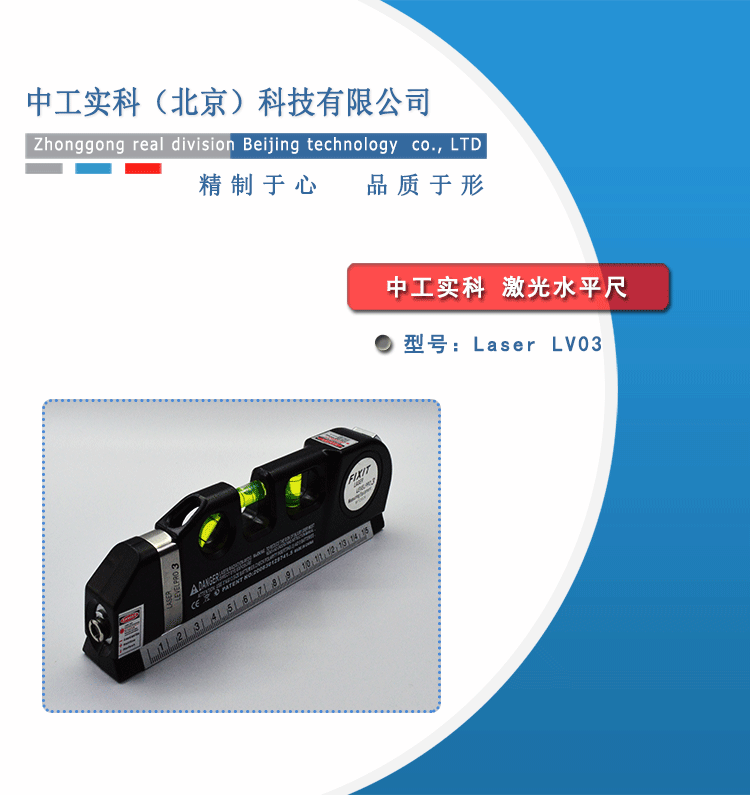
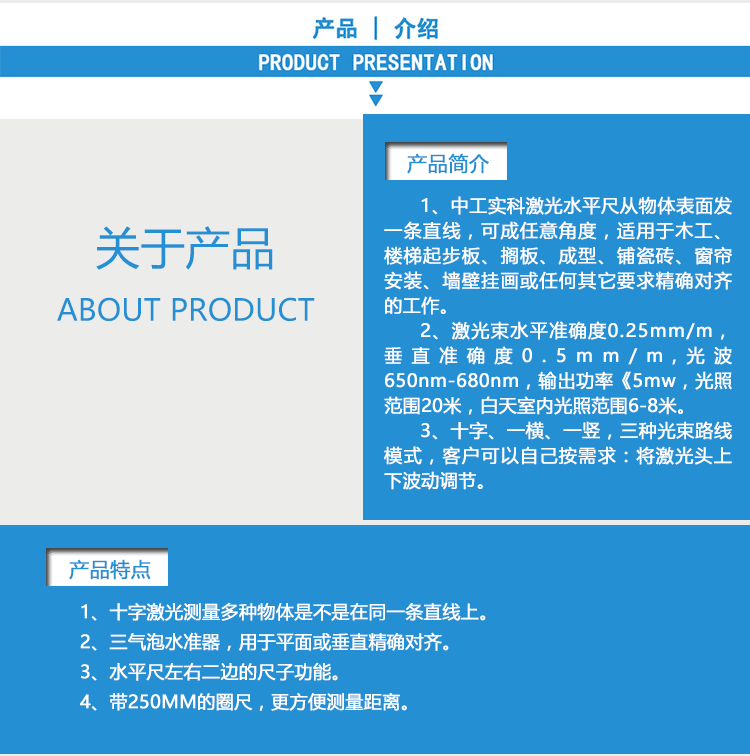
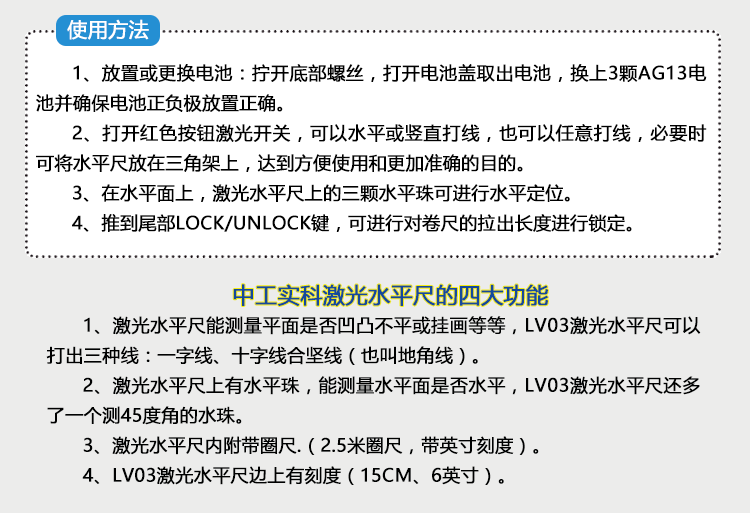
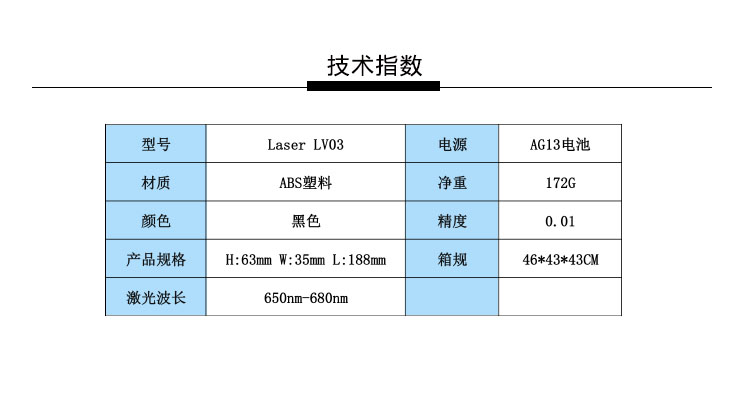
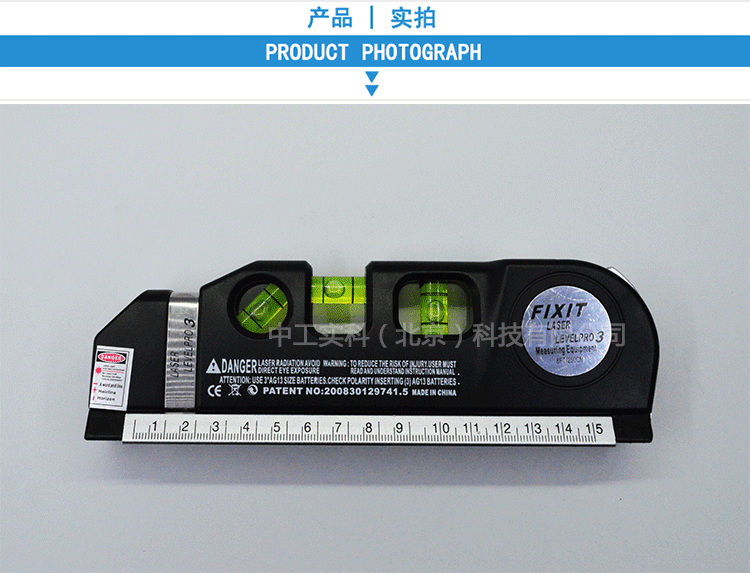
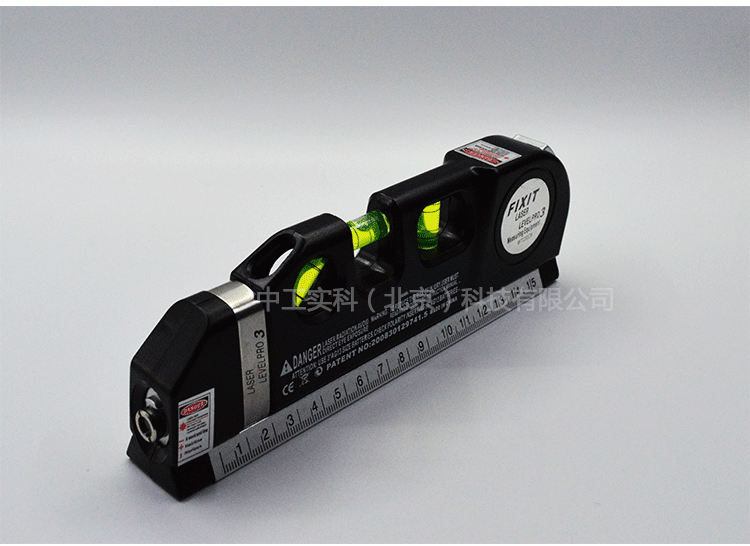
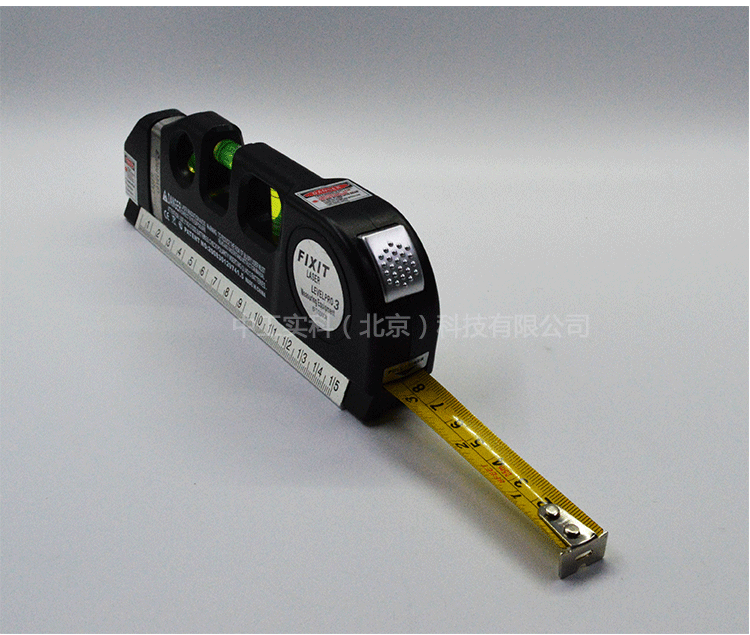
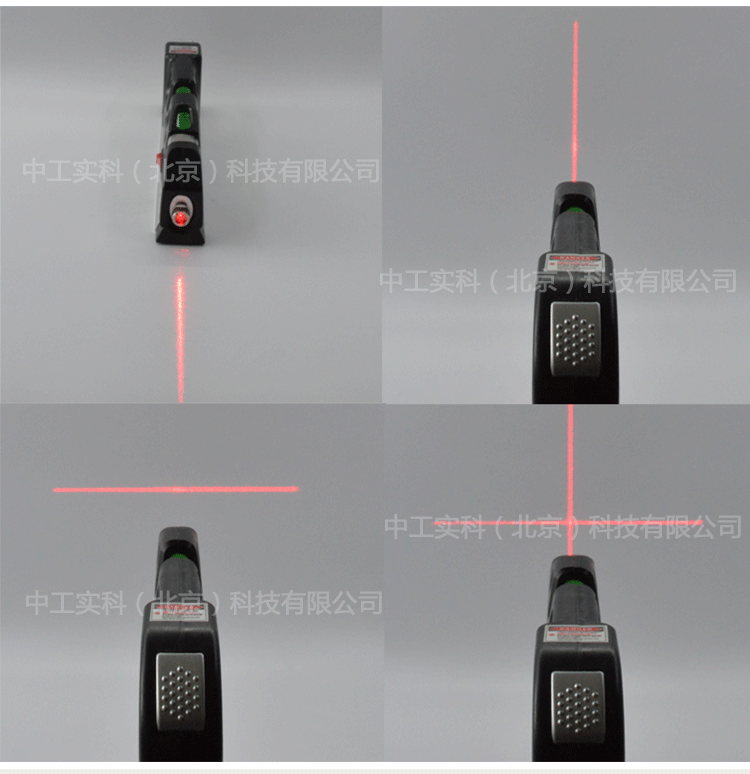
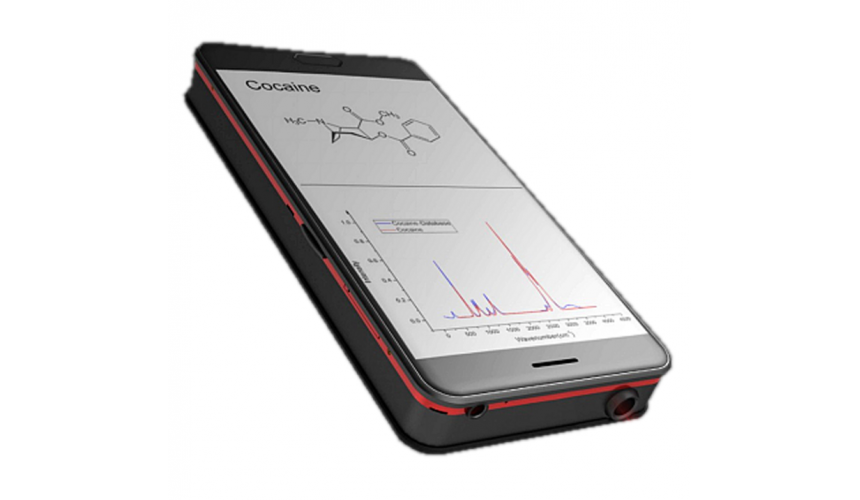
HGRM012 Handheld Raman spectrometer
HGRM012 Handheld Raman spectrometer
Optical path structure of Raman probe:
★ the laser signal from the fiber laser changes into a parallel laser through the collimating lens;
★ the laser irradiates the dichroic chip, so that the incident laser is reflected to the collimator group at an angle of 45 degrees, and then focused on the measured target;
★ the Raman signal generated by the measured sample returns to the original optical path, changes into a collimated beam through the collimator group, and then passes through the dichroic chip. At this time, 95% of the elastic scattered light is filtered out;
★ the Raman light signal in the optical signal after passing through the dichroic plate passes through the filter group unimpeded (transmissible above 790nm), and the laser signal above 0d10 is filtered;
★ the Raman signal light is focused to the slit of the spectrometer through the focusing lens group for the next spectroscopic measurement.
Optical path structure of spectrometer:
★ the spectrometer is composed of slit, collimating mirror, grating, imaging mirror, cylindrical lens and detector;
★ the Raman probe focuses the signal light on the slit to realize spatial filtering;
★ the signal light passing through the slit is incident on the collimating mirror inside the spectrometer at a divergent angle;
★ the signal light collimated by the collimator is diffracted by the grating, and the light of different wavelengths has different diffraction angles;
★ diffracted light of all wavelengths is reflected and focused by the focusing mirror and reaches the detector surface to realize spectroscopic detection.
Principle of Raman technology:
Sir chandrasekhara venkata Raman won the 1930 Nobel Prize in physics for the discovery of Raman effect. When light passes through the medium, it can be observed that the frequency and phase of light change irregularly due to light scattering. This phenomenon is called Raman effect.
The scattering molecule was originally in the ground state. When foreign photons incident on the molecule, the molecule absorbs a photon, transitions to the virtual energy level, and immediately returns to the ground state to emit photons. This is Rayleigh scattering. If the molecule transitions to the virtual energy level and does not return to the original ground state, but falls to another higher energy level to emit photons, the emitted new photon energy HV 'is obviously less than the incident photon energy HV, which is the Stokes line Δ E=h(u0- Δ U) Conversely, anti Stokes lines are generated Δ E=h(U0- Δ U) , Stokes lines and anti Stokes lines are generally called Raman lines. Usually, most molecules are in the ground state of vibrational energy level, so the intensity of Stokes lines is much stronger than that of anti Stokes lines.
Δ U is the difference between the scattered light and the scattered light frequency due to the Raman shift Δ U only depends on the molecular structure and has nothing to do with U0, so Raman spectrum can be used as molecular fingerprint spectrum. The abscissa of Raman spectrum is generally Raman shift, expressed in wave number Δ U = us-u0, where US and U0 are Stokes displacement and excited light wave number respectively, and the ordinate is Raman intensity.
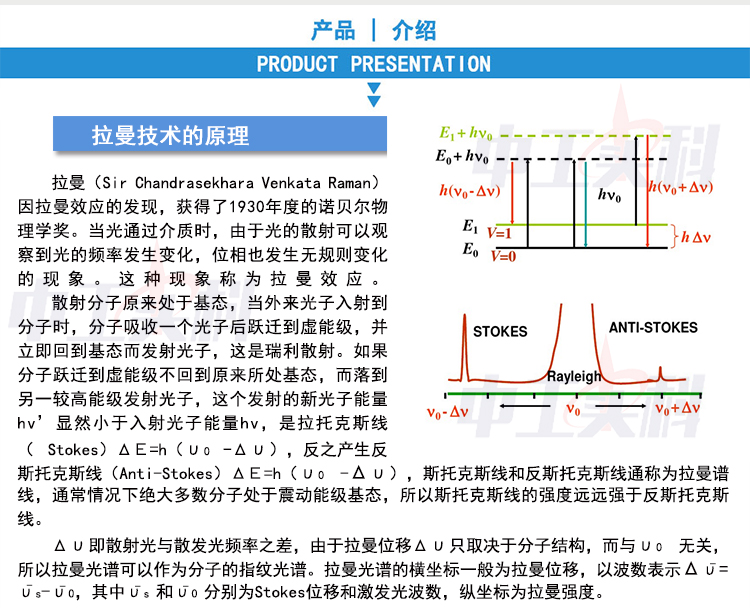
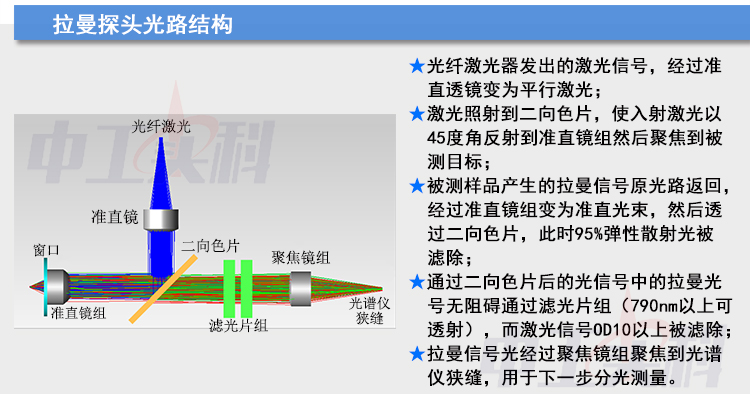
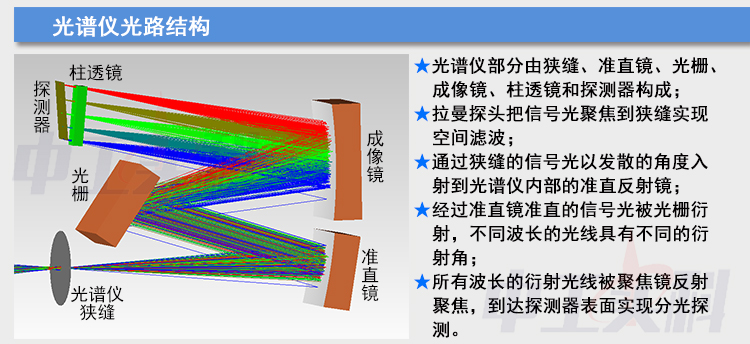
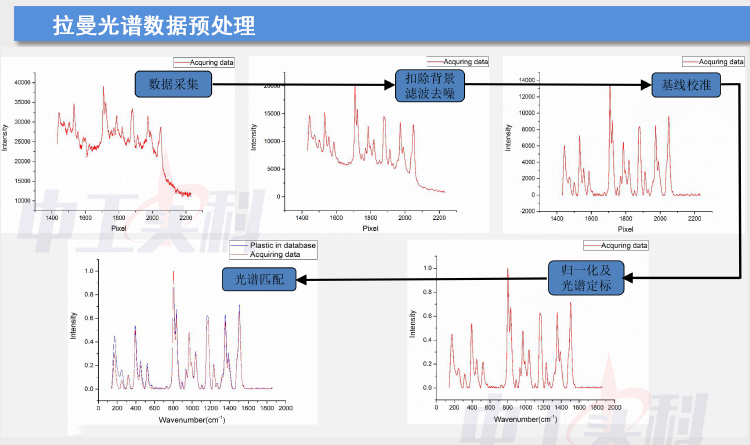
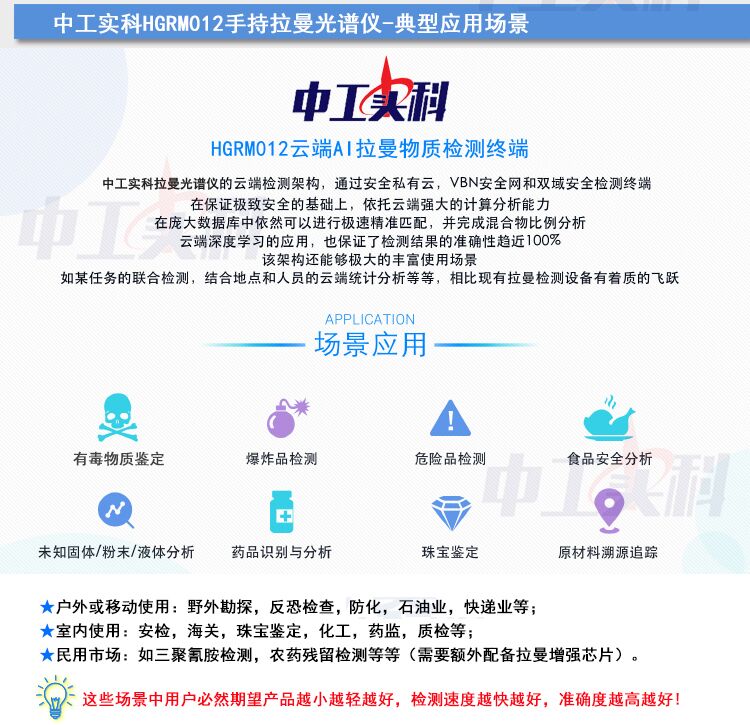
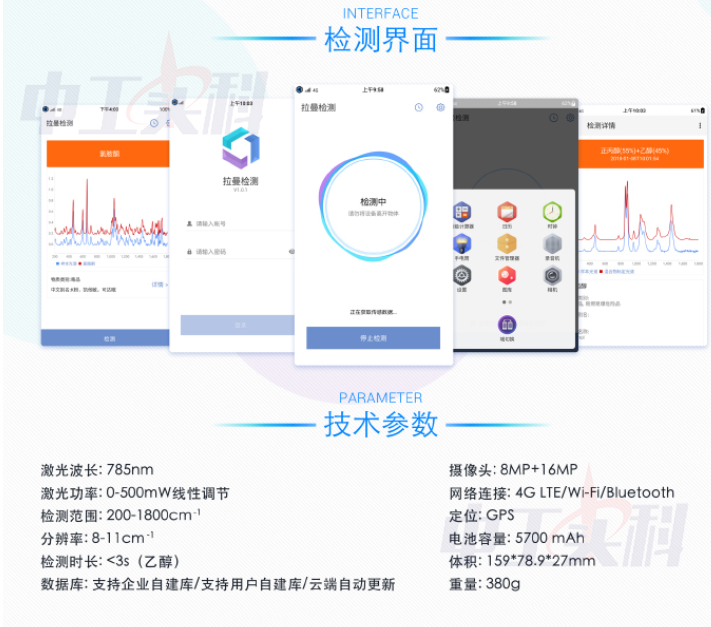
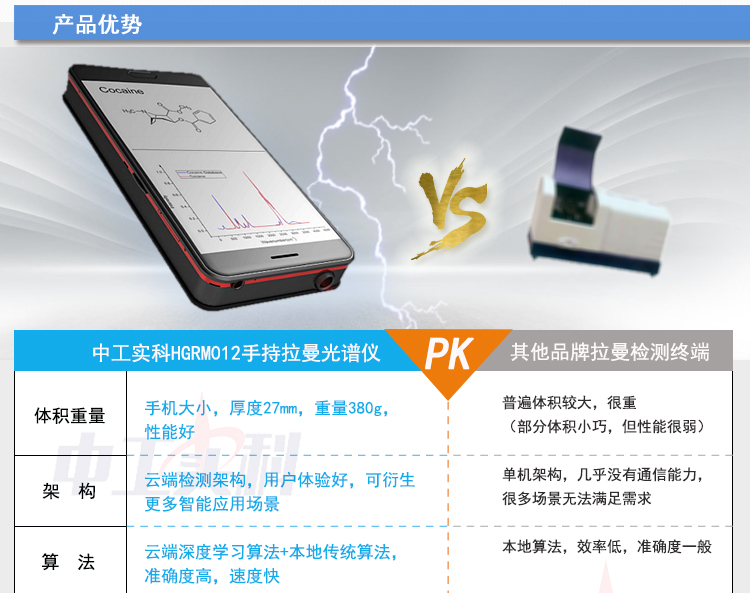
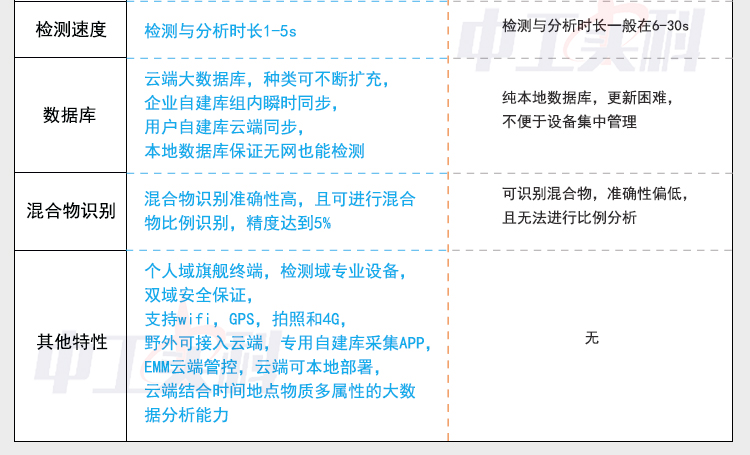

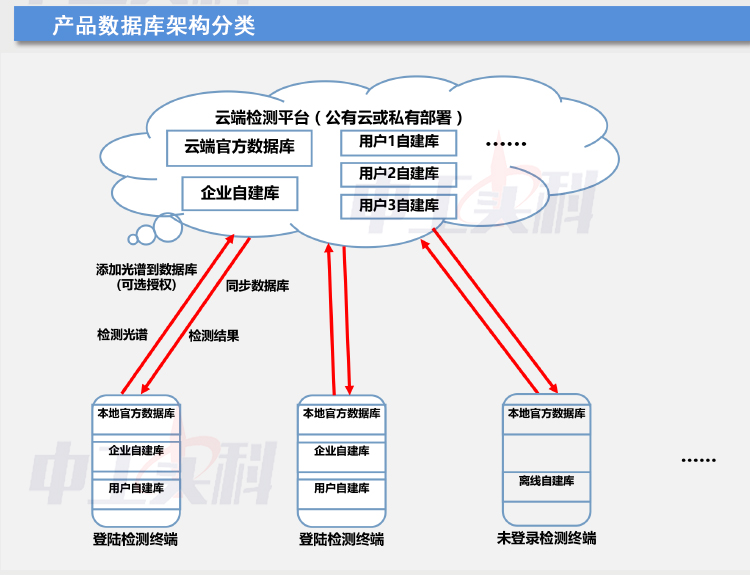

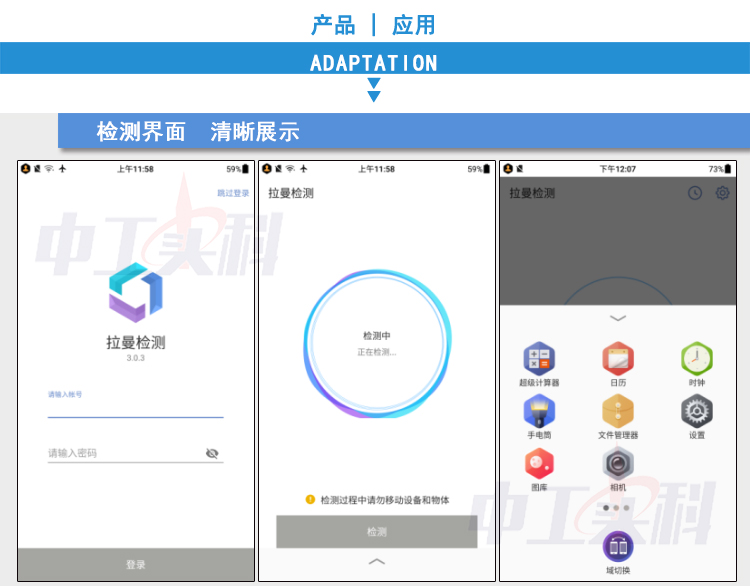
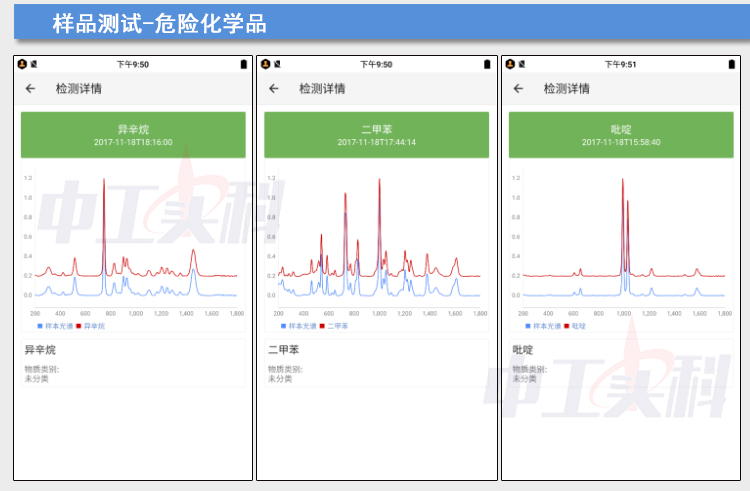
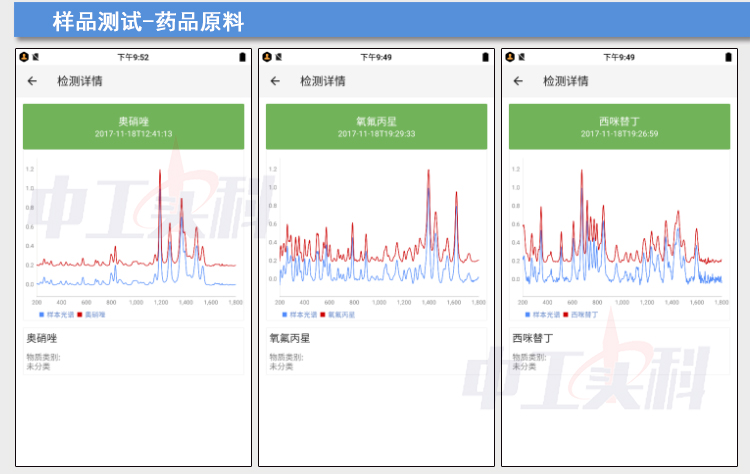
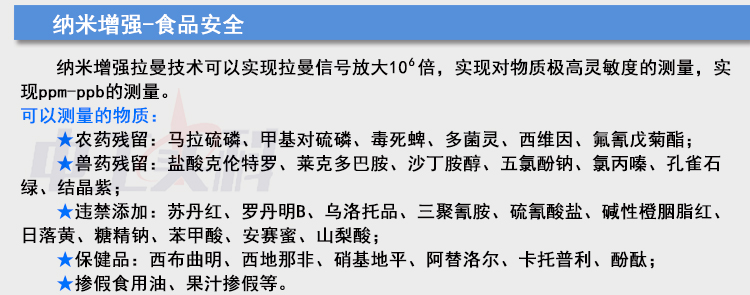
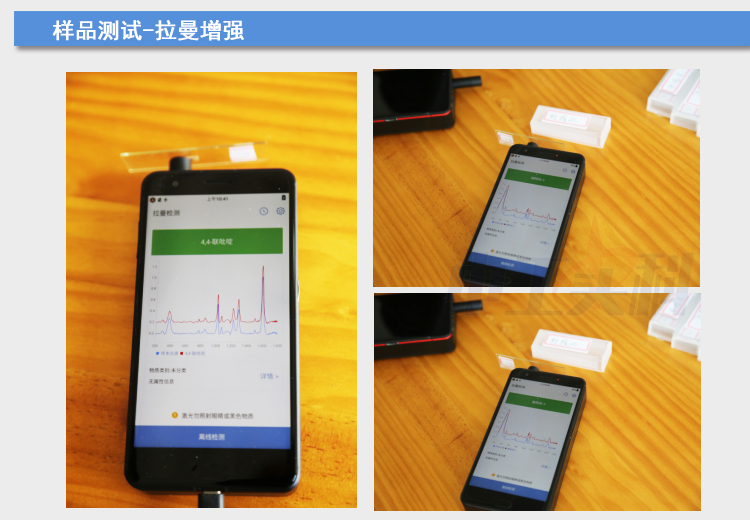
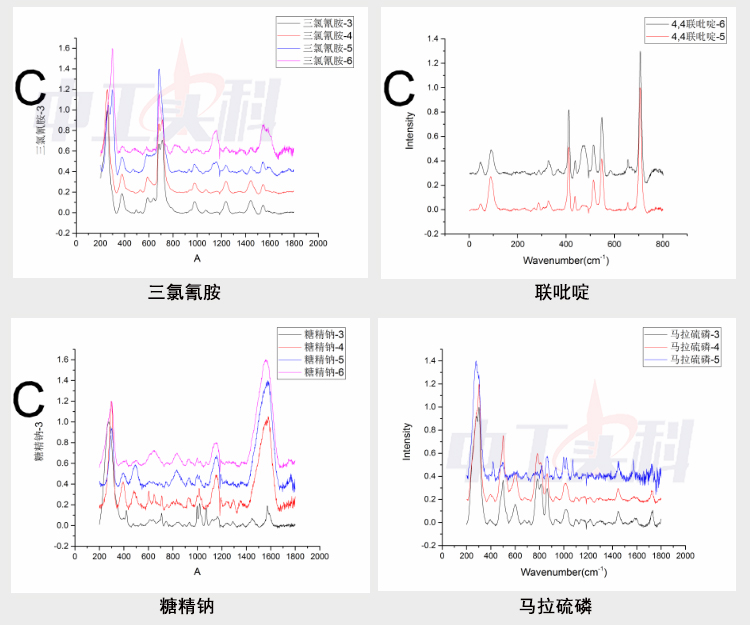
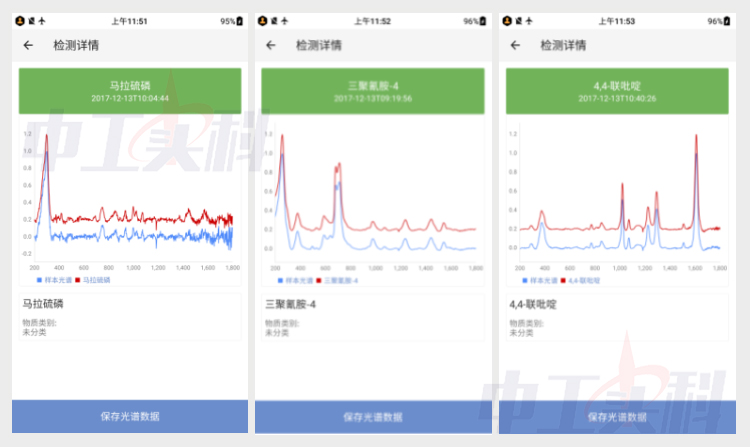
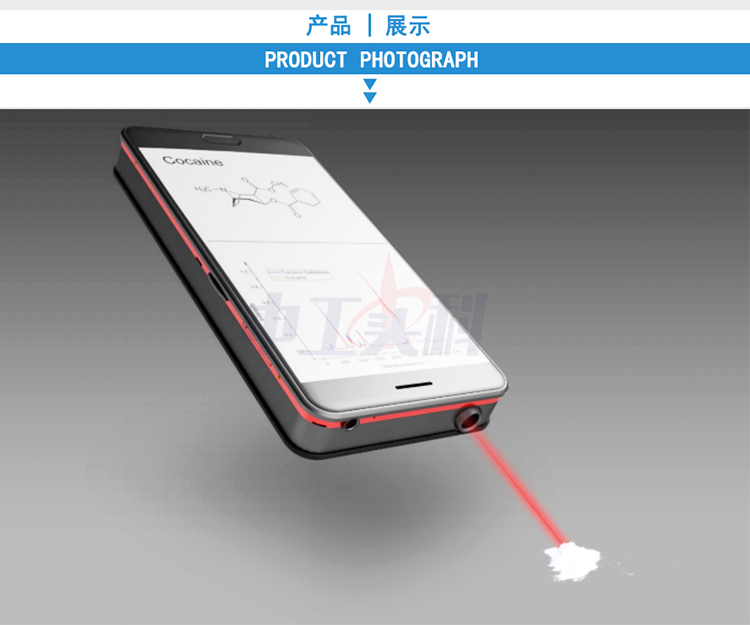
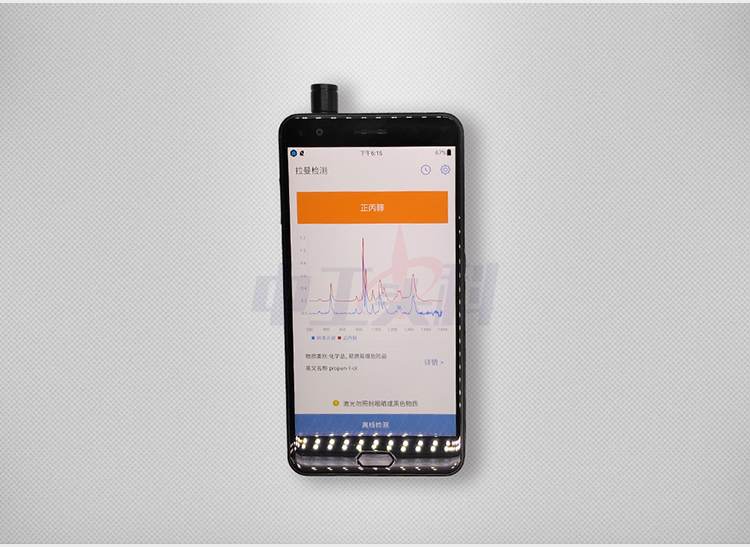
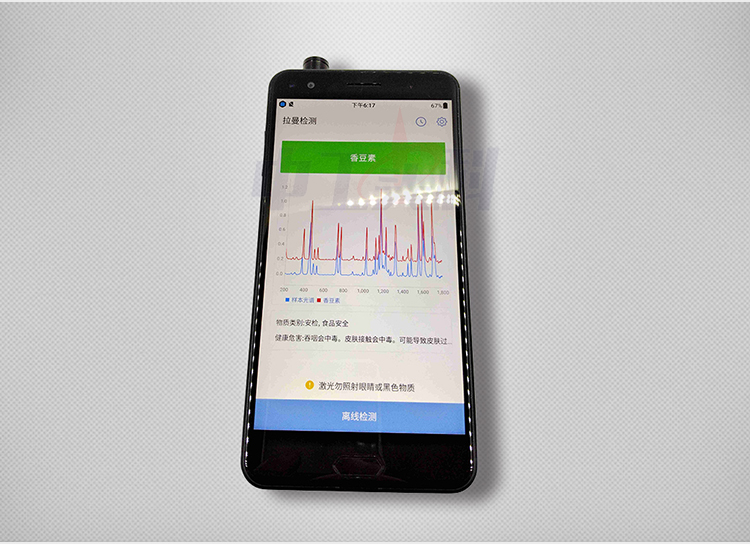
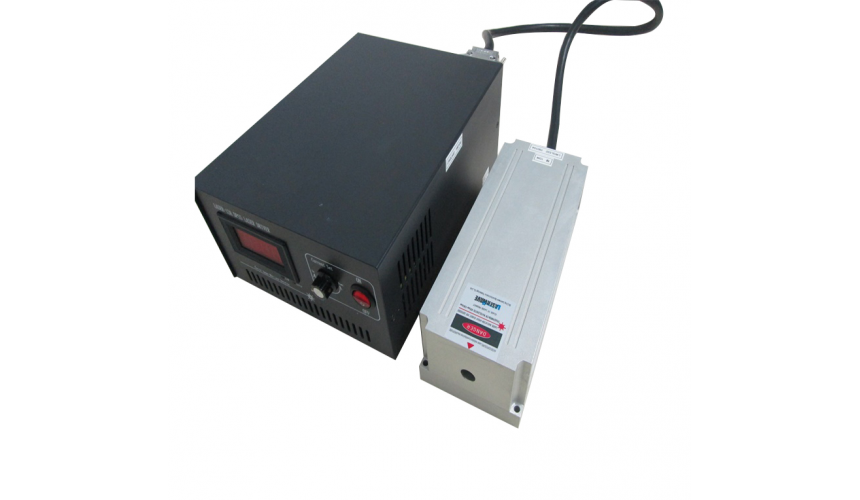
532 Laser
532 Laser
Good spot quality;
High stability and high reliability;
Fully tested by different global environments, high stability;
Electrostatic, over-current and over-temperature protection to ensure the service life of the laser;
Service life 10000 hours.

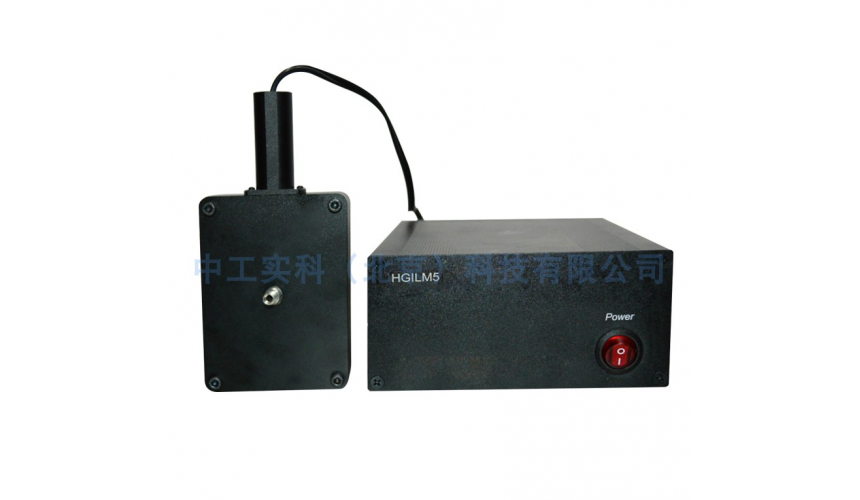
HGILM3 Standard mercury lamp light source
HGILM3 Standard mercury lamp light source
HGILM3 Standard mercury lamp light source:
Weight: 0.45kg, power: 3W
Cold cathode low-pressure mercury discharge lamp can be used for wavelength calibration of various monochromators. It has its own power supply, small volume, long service life, convenient use, large spectral energy and good stability.
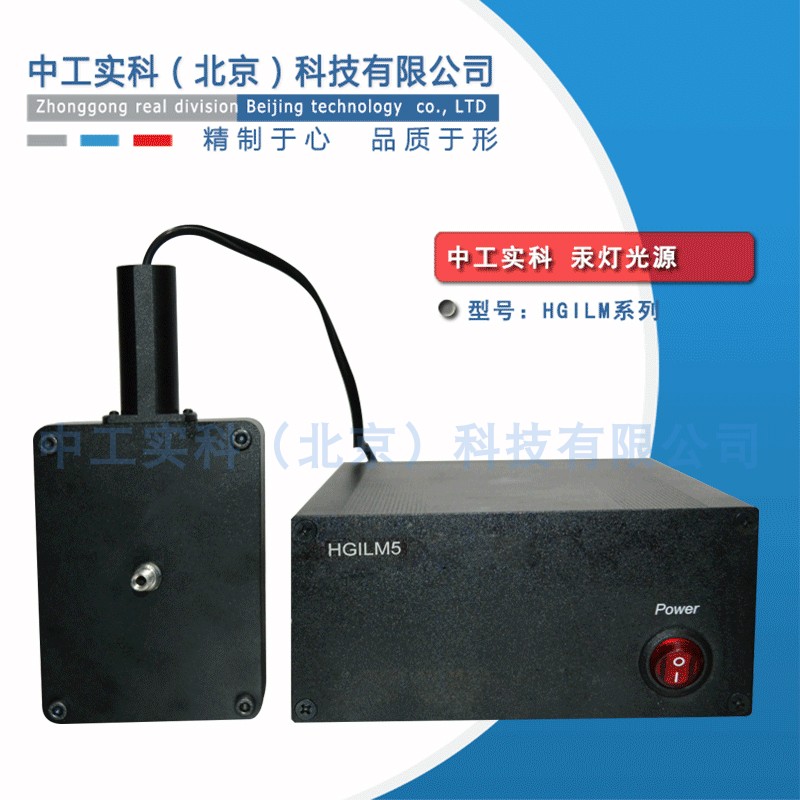
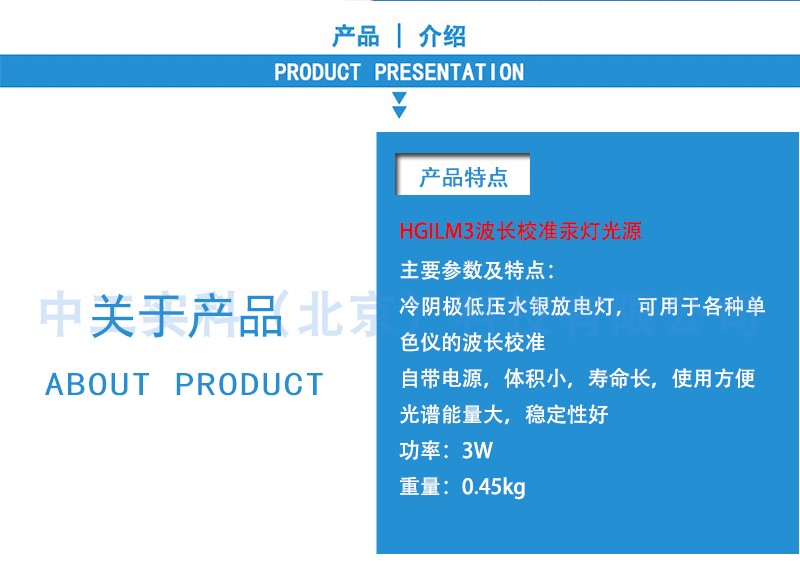
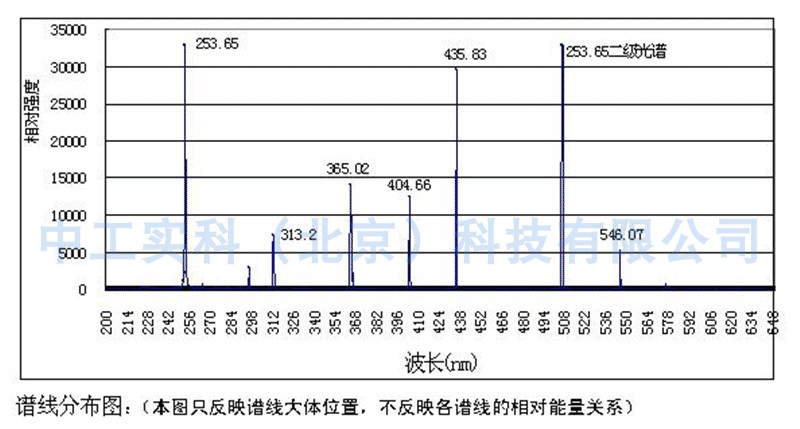
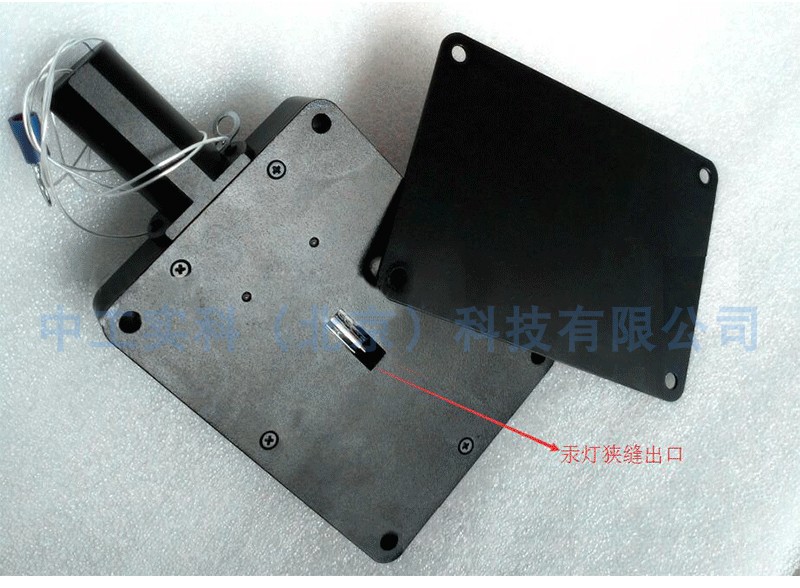
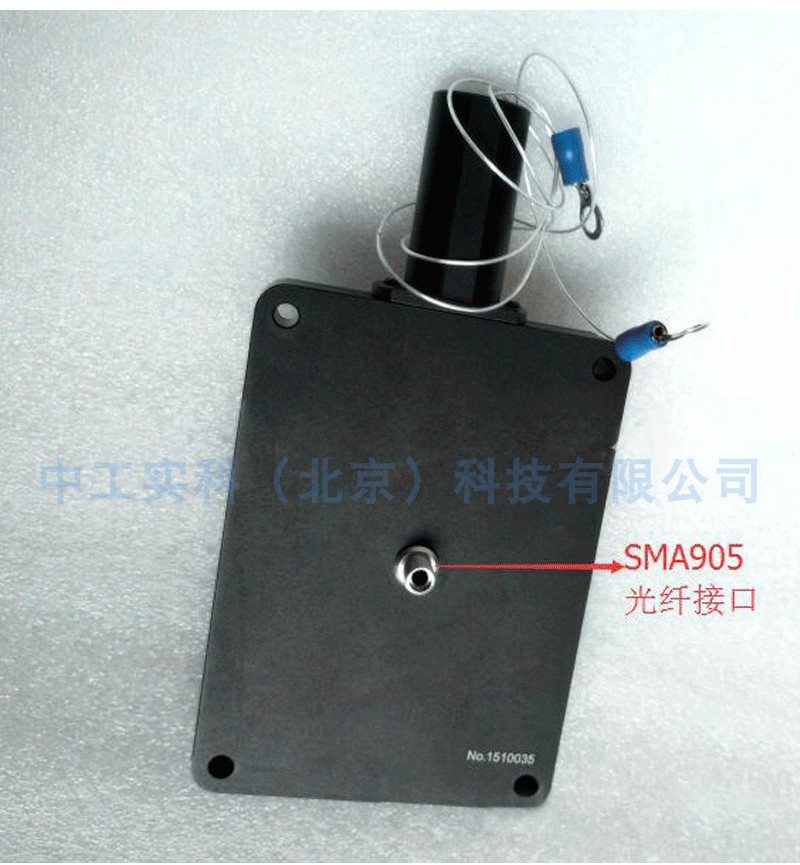
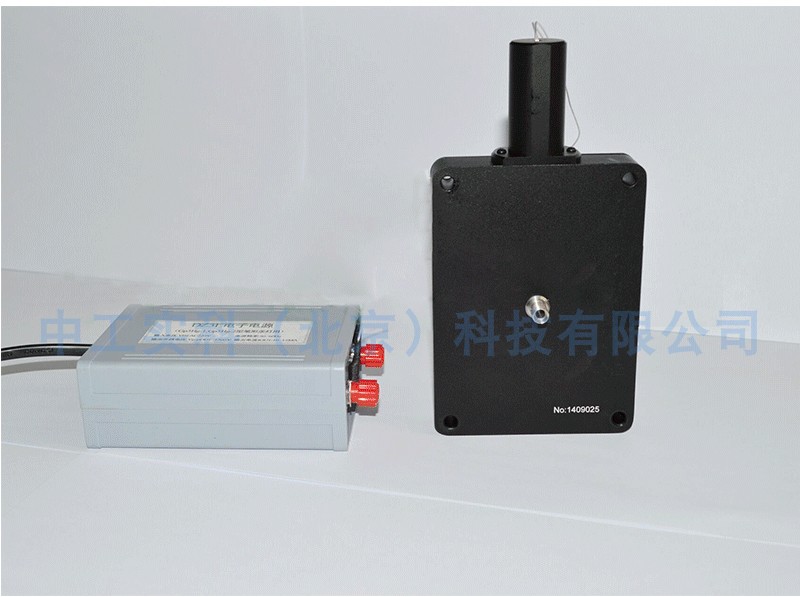
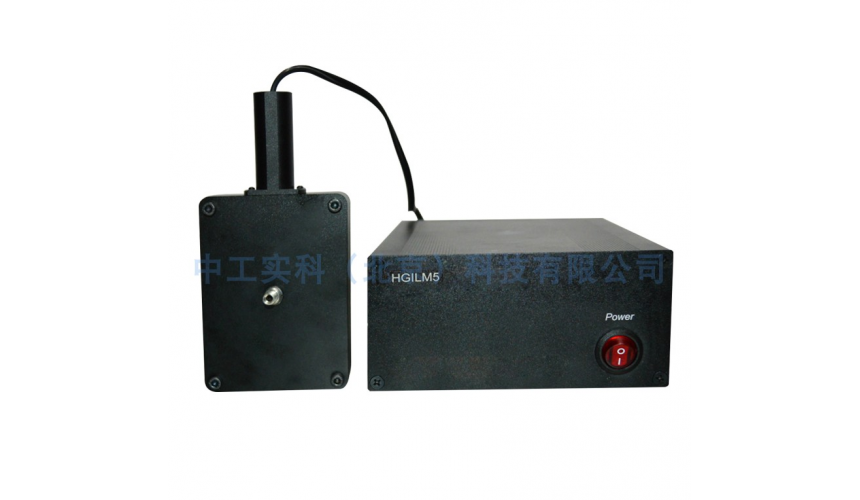
HGILM5 Standard mercury lamp light source
HGILM5 Standard mercury lamp light source
HGILM5 Standard mercury lamp light source:
Power: 5W, cold cathode low-pressure mercury discharge lamp, which can be used for wavelength calibration of various monochromators. Imported pen mercury lamp and power supply have good stability and long service life. After 5000 hours of continuous use, the output brightness decreases by less than half.
